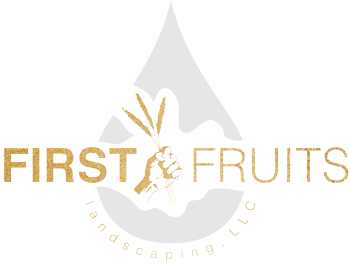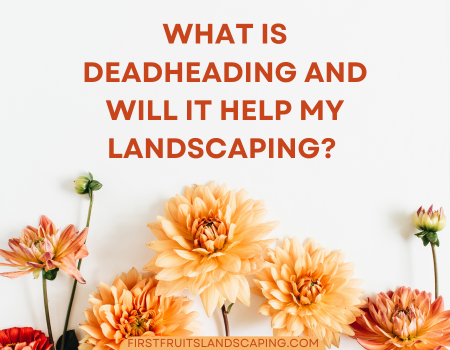Generally, when it comes to landscaping you think of flowers and beautifully cut grass, but deadheading is a term that doesn’t sound quite as pleasant but is crucial in keeping up your garden. In addition to cutting grass and pruning the trees, deadheading is a great way to make sure your garden stays looking fresh and vibrant all season long.
What is Deadheading?
Deadheading is actually quite simple, is simply means you are cutting or pinching the dead “heads” of the old flower blooms to help remove any of the dead or old blooms. By removing the dead blooms, you are helping the plant re-route its energy to healthy seed production and encourage new and plentiful flower growth vs. the plant trying to push energy into the dying bloom.
Benefits of Deadheading
- Longer Blooming Season: By deadheading your flowers, you are essentially prolonging the blooming season by promoting new growth and new blooms to grow. This is an easy and free way to help enhance your curb appeal with bright flowers and new blooms even after the first cycle of flowers die off.
- Plant Health: There are many different diseases that thrive in the dying and decaying plant material that can then spread to the healthier parts of the plant. By removing the dead blooms, you are removing the possibility of disease spreading and keeps your plants healthy.
- New Growth: Deadheading is first and foremost a great way to promote new plant growth by re-directing the plants’ energy away from the decaying plant parts and to new growth and new blooms. This can also promote healthier and thicker plants, as in addition to blooms your plants will have a fuller and more lush appearance with the promoted new growth.
- Controlled Seeding: While not true for all plants, some plans can become rather invasive if left unattended and allowed to re-seed on their own. By deadheading your plants, you can have better control of how much the plant is seeding and can thus control the spread of your flowers and plants. It’s important to note that not all plants benefit from deadheading, for example, there are varieties of wildflowers that do better if without deadheading, so make sure to research your plants before you head out to work on maintaining your garden.
Tips for Deadheading
- Routine Maintenance: While deadheading is an effective landscaping practice, you’ll see the best results when it’s done regularly. Try to make deadheading part of your regular landscaping upkeep to help keep your garden looking its best.
- Gardening Tools: There are so many different tools that you can use for deadheading. Make sure you aren’t using something too harsh or heavy when it comes to more delicate flowers. For some more delicate plants, your hands might be the only tool you need, for larger heartier plants pruning shears can help make a cleaner cut, causing less trauma to your plants.
- Check Your Plants: Before you start deadheading make sure to check for the proper care and maintenance of your specific plants that are in your landscaping. As mentioned above, there are many plants that will benefit from this practice, however, some will actually show signs of trauma and can ultimately die off, so be sure to research the proper care of each of your plants before you start routine maintenance and pruning.
In the world of landscaping there are many different forms and types of maintenance. Whether you’re searching for a landscaping company that can come in and completely re-design your outdoor space, or are in need of simple upkeep, please feel free to contact our team of landscaping professionals today!

